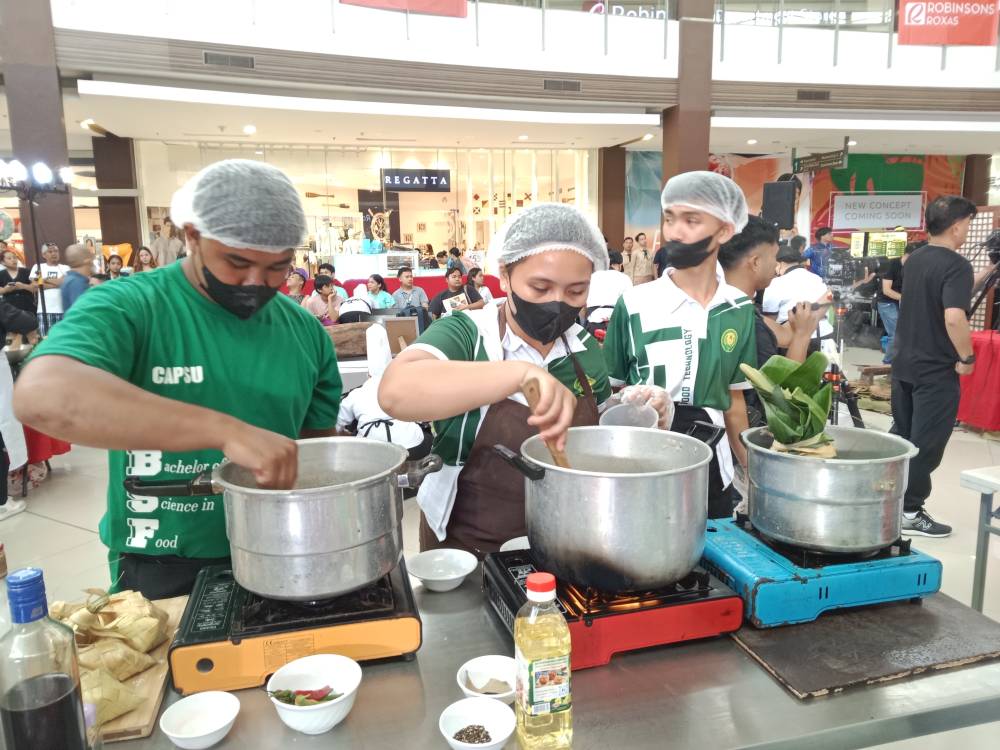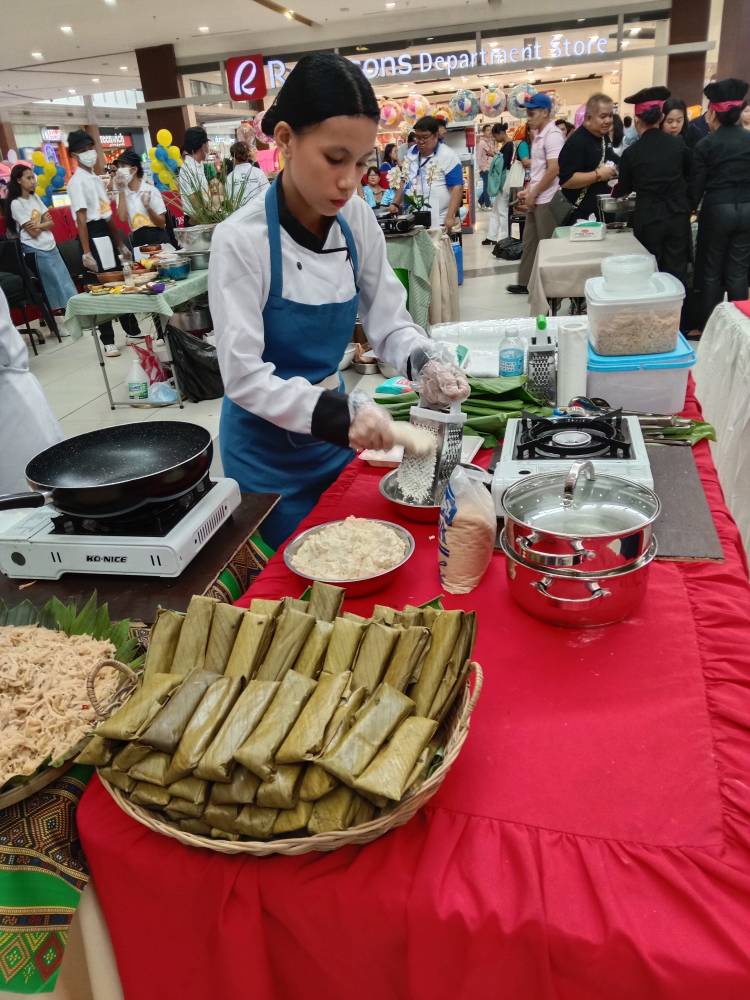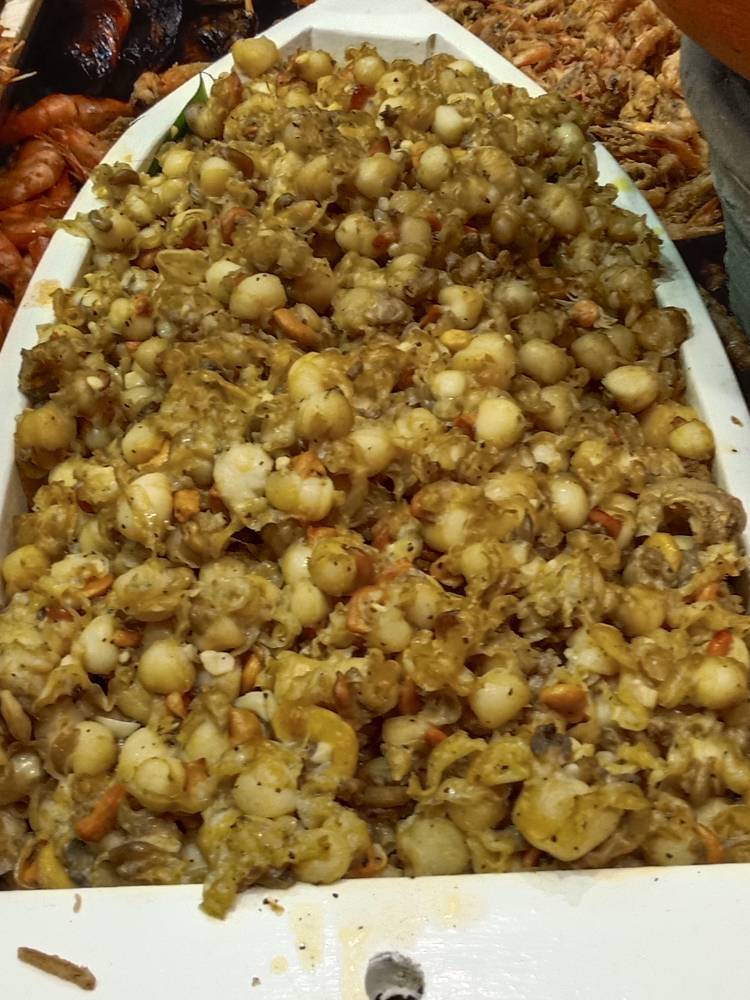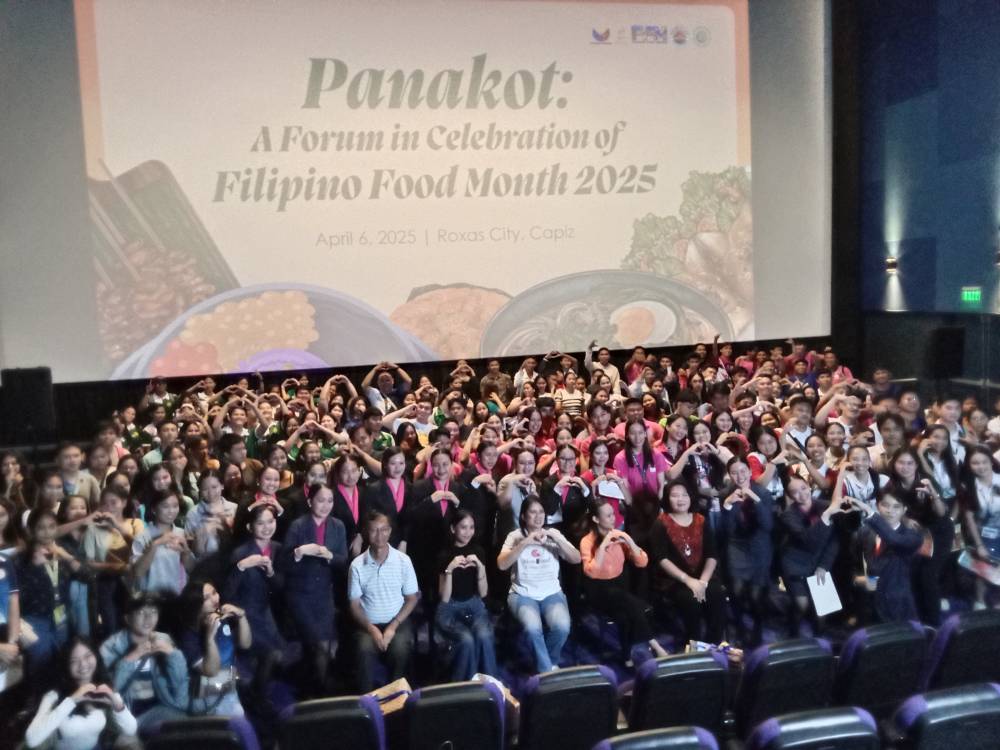Singing praises to slow food at Capiz forum

“We are celebrating the food culture of the Philippines as a whole,” said Marichu Tellano, deputy executive director of the National Commission for Culture and the Arts (NCCA). “All conventions and meetings must have nutritious food.” Alphonsus Tesoro, Capiz provincial tourism officer, added, “Food is important. Food culture must be preserved for future generations.”
Tellano and Tesoro were among the speakers at “A Forum in Celebration of Filipino Food Month,” held in Roxas City, Capiz and organized by the NCCA. In attendance were students from the various colleges and universities in the province.
Reena Gamboa, president of Slow Food Philippines, said, “We celebrate not only food but the farmers who produce the food, and the chefs. You will be given new ideas, you will see how culinary heritage can help us innovate our local ingredients.”

The slow food community is a global community that started in Italy, Gamboa said. “It is a movement acting together to ensure good, clean, fair food for all. Its vision is that of a world where all people can eat food that is good for them, good for the people who grow it, and good for the planet. So, we just say, you can choose. You can choose food that is good for the environment, good for your health, and flavorful.”
Thus, the movement does not approve of fast-food, which is described as being “high in salt, sugar, fats, calories, processed preservatives, and ingredients.”

Gamboa said, “We want to know where our food is coming from. Different flavors and unique, different foods have been lost. Slow food communities have been tasked to map local ingredients, food processes in these areas in Western Visayas that are in danger of disappearing.”
She mentioned diwal or angel wing clam (Pholas orientalis), “which is better than talaba (oysters), “ the pusó (hanging rice) in Capiz, which is different from the pusó in Cebu; and lupo (edible weed).
“The plants are slowly dying, disappearing in the cities,” Gamboa warned, “When local ingredients disappear, there is an imbalance in the ecosystem. There is a real danger of cultural loss if you lose these. We have forgotten the food that we eat. We help the farmers. When farmers come in, we don’t charge them anything. But we (the consumers) don’t talk to the farmers, we just go to the supermarkets and they don’t talk!”

Forgotten knowledge
On a more upbeat note, the slow food advocate said tourism can enhance the overall food system, and there are 3 slow food farms helping in this task.
Award-winning chef JR Royol, speaking on food innovation, said being trendy in food does not necessarily mean progress: “We must restore forgotten knowledge, we must uncover nearly forgotten food traditions and make them relevant again, and reconnect with the environment.”
He added, “Innovating begins with how we produce, grow, and source based on ancient, seasonal, sustainable practices. To innovate, you create something based on tradition and understanding where you come from. Don’t innovate the dish, innovate the food system that sustains it.”
Royol also made a pitch for the farmers: “The farmers are crying literally over production. We should treat our farmers better.”

Raven Cheyenne Salanap of Sagup Negros, Inc. spoke on how to manage food waste, quoting statistics from the United Nations Environment Program which said that 2.9 billion kilograms of food is wasted annually in Filipino households. Her organization, she said, computes the value of unsold market produce, converts these into good food, and delivers to the carinderias. “The food that is no longer fit for consumption is turned over to the composting units.”
“While tons of food are wasted, many families and communities don’t have enough food,” Salanap said. “So, unsold food is diverted from the lowlands and given to the communities which don’t have enough food.”
Other highlights of Filipino Food Month in Capiz were a lively cooking competition among student chefs at the venue, SM Roxas City, and at the Capiz Gym an extravagant food fest, with table groaning with all kinds of bounty from the sea: scallops, fish, crabs, shrimps, prawns, squid, shellfish, talaba (oysters), tahong, dilis, and seasonal fruits.
Western Visayas regional director Shahlim Hafer Tamano said, “more than sustenance, food is a powerful part of our culture. It enhances every travel experience and makes the Philippines a culinary destination.”

















